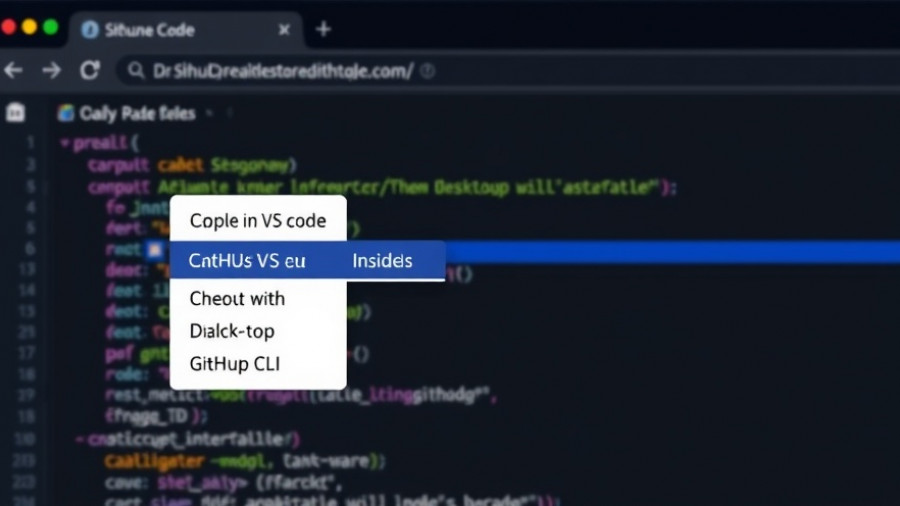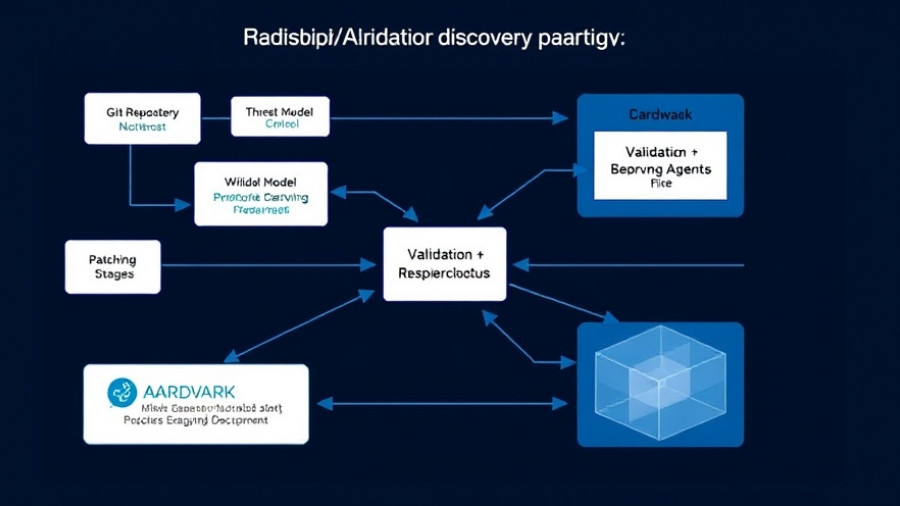
Unlocking the Power of Deep Reasoning AI with Amazon Bedrock AgentCore
As the field of artificial intelligence (AI) continues to evolve, we're witnessing a new wave of AI agents that are no longer content with simply completing basic tasks. Instead, these advanced systems are beginning to plan, critique, and work together, much like a team of human experts tackling complex problems. Enter Deep Agents, a groundbreaking framework that brings these capabilities to life, introducing multi-agent workflows that mimic real-world team dynamics.
Amazon’s Bedrock AgentCore has made deploying these sophisticated agents easier and more effective than ever before. By providing a secure, serverless environment designed specifically for AI agents and their tools, AgentCore makes it feasible to run Deep Agents in a scalable and efficient manner.
The Versatility of Amazon Bedrock AgentCore
What makes Amazon Bedrock AgentCore stand out is its flexibility as both a framework-agnostic and model-agnostic solution. Whether you're employing Strands Agents, CrewAI, LangGraph, or integrating with various large language models (LLMs), AgentCore has the infrastructure to securely support them. This adaptability is crucial as it allows developers to implement their preferred tools without needing to rewrite existing code, thus reducing the effort required to transition prototypes into production-ready systems.
Moreover, AgentCore includes modular services tailored for dynamic agent workloads. This means any development team can elevate their AI capabilities while sidestepping the complex logistical burdens often associated with infrastructure management.
Core Features that Foster Innovation
AgentCore Runtime is designed with a unique focus on security and efficiency. It manages various workloads seamlessly, from running agents and tools to executing Model Context Protocol (MCP) servers. Some key features include:
- Extended Execution Times: For complex reasoning tasks, each agent can run for up to eight hours. This is significant for scenarios where rich, deep reasoning is necessary.
- Session Isolation: Every user session operates in dedicated micro virtual machines (microVMs), ensuring maximum security and preventing cross-session contamination.
- Cost Efficiency: The consumption-based pricing model charges users only during active processing, significantly lowering costs when agents are idle or awaiting responses.
With these capabilities, businesses can leverage AgentCore at scale, ensuring their AI agents can handle extensive workloads without faltering under pressure.
A Real-World Integration of Deep Agents
To illustrate the practical applications of Deep Agents, let’s consider a recent implementation deployed on AgentCore Runtime. This example features:
- A Research Agent: Capable of conducting in-depth internet searches to glean critical information.
- A Critique Agent: Instead of just gathering information, this agent reviews the research findings and offers constructive feedback.
- An Orchestrator Agent: This oversees the workflow, ensuring that all components communicate effectively and work harmoniously.
This integration demonstrates just how easily the latest AI innovations can be operationalized, ultimately streamlining workflows and enhancing overall productivity.
Why Understanding Deep Reasoning AI Matters
For tech enthusiasts, understanding the capabilities of deep reasoning AI and agentic systems is crucial. The rise of sophisticated AI agents opens doors for innovative solutions across various industries, from healthcare to finance. As these technologies advance, they not only improve operational efficiencies but also enhance decision-making processes and drive business growth.
As more companies adopt these technologies, knowledge of how to leverage frameworks like Amazon Bedrock AgentCore will set tech-savvy individuals apart. This is where the distinction between a basic understanding and deep knowledge of AI agents comes into play.
Take Action and Explore the Future of AI
The journey into the world of deep reasoning AI is just beginning. With tools like AgentCore, tech enthusiasts can dive deeper into their understanding of AI agents, explore innovative solutions, and perhaps even contribute to this exciting field. If you're keen to stay ahead in technology, now is the time to engage with these advancements and see how they may impact your future endeavors.
 Add Row
Add Row  Add
Add 




Write A Comment